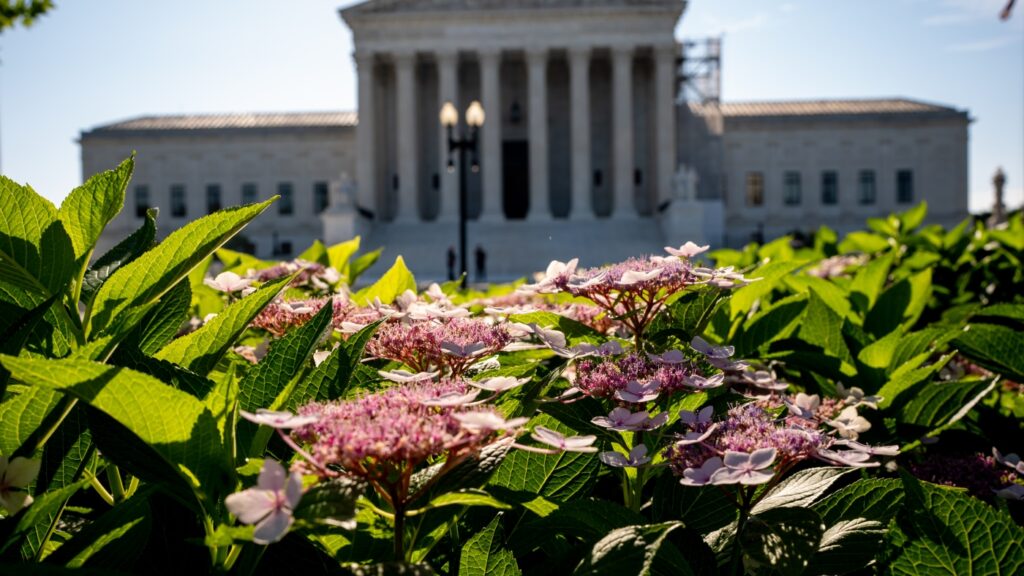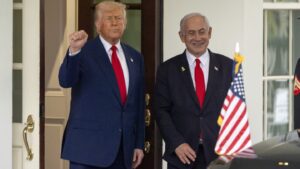
WASHINGTON, DC - JUNE 21: An exterior view of the Supreme Court on June 21, 2024 in Washington, DC. The Supreme Court is about to issue rulings on a variety of high profile cases dealing with abortion rights, gun rights, and former President Donald Trump's immunity claim, putting the court at the center of many hot political topics during an election year. (Photo by Andrew Harnik/Getty Images)
The Supreme Court has ruled that school systems must allow parents to opt their children out of classes featuring LGBTQ book characters if the content conflicts with their religious beliefs. The decision, delivered on Friday, was a 6-3 vote along ideological lines and has sparked significant debate among educators and parents alike.
This landmark ruling centers on the Montgomery County, Maryland, school system, known for its religious diversity, serving 160,000 students from various faith backgrounds. A group of parents filed a lawsuit against the school board, demanding the right to remove their children from classes where LGBTQ characters are included in reading materials, citing a violation of their First Amendment rights.
Background and Context
The controversy began when the Montgomery County school board introduced “LGBTQ+-inclusive” storybooks into the curriculum. Parents opposed to these materials argued that the books conveyed messages that conflicted with their religious beliefs, particularly regarding gender and biological sex.
Justice Samuel Alito, writing for the majority, stated that parents are likely to succeed in their claim that the board’s policies unconstitutionally burden their religious exercise. He emphasized that the storybooks present a “normative message” contrary to the parents’ beliefs.
The Arguments
On the other side, Justice Sonia Sotomayor, writing for the three liberal justices, criticized the majority’s decision. She argued that insulating children from diverse ideas in public schools undermines the nation’s civic vitality. “It will become a mere memory if children must be insulated from exposure to ideas and concepts that may conflict with their parents’ religious beliefs,” she wrote.
The Montgomery County school board, supported by other parents, contended that opt-out provisions are impractical. Initially, the board allowed parents to opt their children out of select lesson plans. However, they later removed this option due to the logistical challenges and disruptions it caused in class time.
Implications for Public Schools
The Supreme Court’s decision has left public school boards, administrators, and teachers grappling with how to manage opt-out demands. The ruling raises questions about the balance between accommodating religious beliefs and maintaining an inclusive educational environment.
According to education experts, the decision could lead to a patchwork of policies across the country, with some districts allowing opt-outs and others resisting. This inconsistency may complicate efforts to provide a uniform educational experience for all students.
“The parents are likely to succeed on their claim that the Board’s policies unconstitutionally burden their religious exercise.” – Justice Samuel Alito
Historical Parallels and Future Outlook
This ruling is reminiscent of past legal battles over educational content, such as the teaching of evolution versus creationism. In those cases, courts have often had to balance religious freedoms with educational standards.
Looking ahead, the decision could influence future litigation involving educational content and religious rights. It also sets a precedent for how schools might handle other controversial topics in the curriculum.
As the debate continues, school districts nationwide will need to navigate these complex issues, weighing the rights of parents against the educational needs of students. The outcome of this case may shape the future of public education in a multicultural society.
The Supreme Court’s decision highlights the ongoing cultural clashes in education and underscores the challenges of accommodating diverse beliefs in a unified school system. As schools work to implement the ruling, the conversation about religious freedoms and educational content is likely to persist.





